BMW is putting the finishing touches to its sixth-generation BMW 3-series before a planned public debut at the Detroit show early next year.
The new model, codenamed F30, is now in the final phase of a three-year durability testing programme.Lightly disguised prototypes of the saloon are now a frequent sight on the roads around BMW’s Munich headquarters and the Nürburgring.
See spy pics of the BMW 3-series, plus new undisguised images
The saloon will be the first model to arrive, but BMW has plans for five further 3-series body styles: Touring, GT, coupé, convertible and GranCoupé. The last three will dispense with 3-series nomenclature for an all-new 4-series nameplate.
UK sales of the new saloon will start next March at prices expected to be an average of four per cent higher than today, in line with extra standard kit.
Styling
Visually, the new 3-series leans heavily on the latest 5-series in a bid to provide BMW’s two best-selling models with a more unified appearance.
From the front, the two share a similar look that is continued along heavily structured sides to a high-set rear, which gives the new car a more wedge-shaped profile.
The kidney grille is shaped to evoke the shark nose treatment redolent of the original 1975 E21 3-series. Underneath it, full-width air ducts accentuate the car’s width. The bonnet carries heavy contouring similar to that brought to the outgoing model during a 2009 facelift.
Other characteristic design flourishes include defined front wheel arches, prominent swage lines running down the flanks, a traditional Hofmeister kink in the trailing edge of the rear side quarter window, a heavily angled rear window and a relatively high bootline.
Engineering
The new 3-series is underpinned by a heavily reworked platform with a wheelbase that is 50mm longer and tracks that have increased by about 20mm at the front and 15mm at the rear. The aim is to give the car the interior space to match its main rivals, the Audi A4 and Mercedes-Benz C-class. Rear seat accommodation is said to have benefited greatly and BMW sources have revealed that the rear door aperture is considerably larger now.
The new 3-series forgoes traditional MacPherson strut suspension up front for a new, space-saving double wishbone design said to give a shorter front overhang, improved wheel control and a slight reduction in turning circle over today’s model.
The rear continues with multi-link suspension, but it receives a greater number of aluminium components and has variable damper control.
Further changes include the adoption of electro-mechanical steering, which will come with an ActiveSteering option to provide variable assistance according to speed.
In a further first for the 3-series, there are two different wheelbases. The saloon, Touring, coupé and convertible sit on the shorter wheelbase. The GT and GranCoupé use the longer wheelbase, which is up by around 75mm on today’s 3-series. A long-wheelbase saloon is planned for China.
Engines and transmissions
BMW plans to offer the new 3-series with 11 engine options: five turbocharged petrol units and six turbodiesels with piezo injectors. Not all will be available from launch.
The long-serving naturally aspirated 3.0-litre straight six petrol engine has been dropped for a new 2.0-litre, four-cylinder turbo unit — recently unveiled in the X1 xDrive28i — that will form of the backbone of the new line-up.
Kicking off the petrol line-up will be a 150bhp turbocharged 1.6-litre four — essentially, the same BMW-developed and Peugeot-Citroën-produced engine used by Mini but turned 90deg — in the 318i.
It will be joined by a trio of turbocharged 2.0-litre fours developing 180bhp (320i), 210bhp (325i) and 245bhp (328i). At the top of the line-up will be a turbo 3.0-litre six with 306bhp (335i).
Among the diesels are three 2.0-litre, four-cylinder engines with 122bhp (316d), 143bhp (318d) and 184bhp (320d). They will be joined by three 3.0-litre, six-cylinder units with 204bhp (325d), 245bhp (330d) and 286bhp (335d).
All engines will come as standard with a six-speed manual gearbox and be available with an optional ZF eight-speed automatic. Both gearboxes support standard stop-start, brake energy recuperation and on-demand control of ancillary functions.
Other variants
As well as rear-wheel drive, BMW is planning at least three models with optional four-wheel drive: the 328iX, 320dX and 330iX. Further four-wheel-drive models may be added later if the demand exists.As with the outgoing model, BMW plans a super-frugal 320d EfficientDynamics variant. It is rumoured to achieve 75mpg on the combined cycle.
Also under development — but unlikely to join the line-up until the introduction of the Touring during the third quarter of next year — is a 3-series ActiveHybrid model. This uses the new turbocharged 2.0-litre petrol engine in combination with an electric motor mounted within the automatic gearbox housing. Munich insiders say it has the performance to match that of the 335i and better low-speed economy than the 316d.
Technology
To help position it further upmarket from today’s model, the new 3-series will be available with much of the technology already offered on the 5-series.
Included among a long list of options will be driving dynamic control to alter the mapping of the engine, gearbox and suspension, the latest four-colour version of BMW’s head-up display with traffic sign recognition, forward collision warning, lane change warning, night vision with pedestrian identification and a surround view parking system with side-mounted cameras.
Greg Kable
See all the latest BMW reviews, news and video

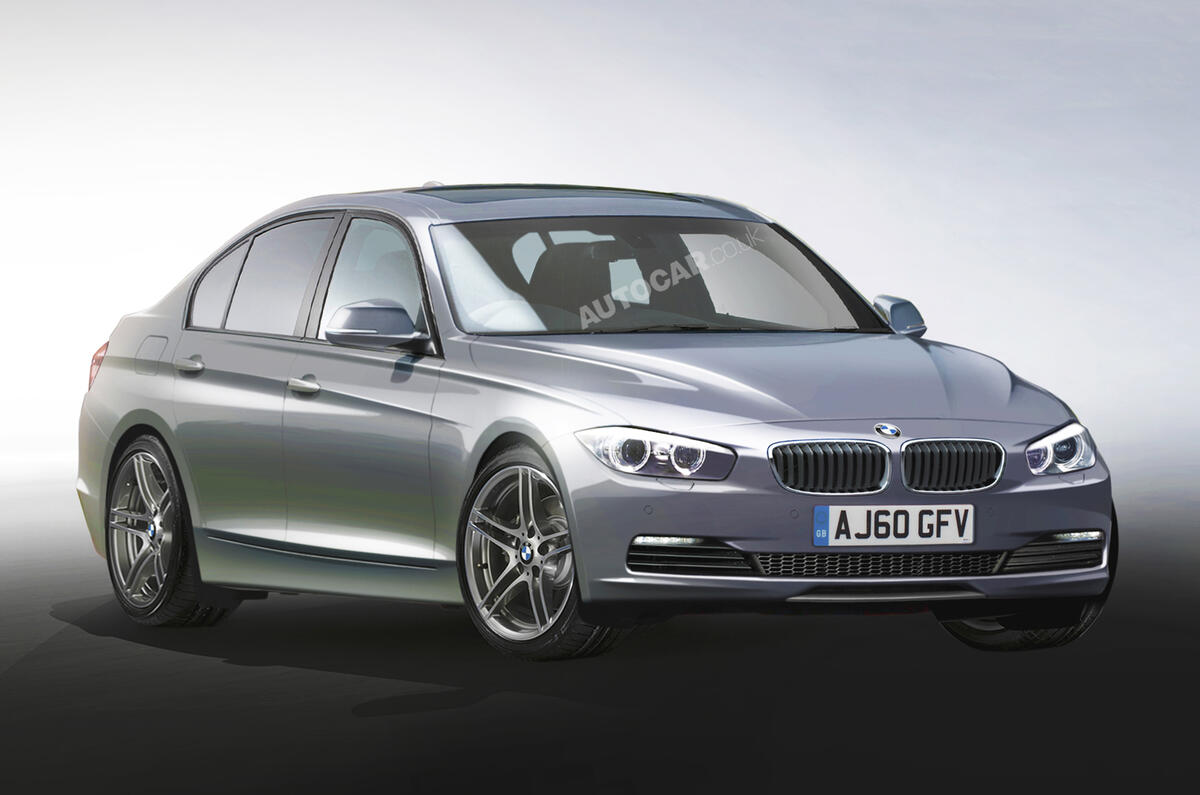
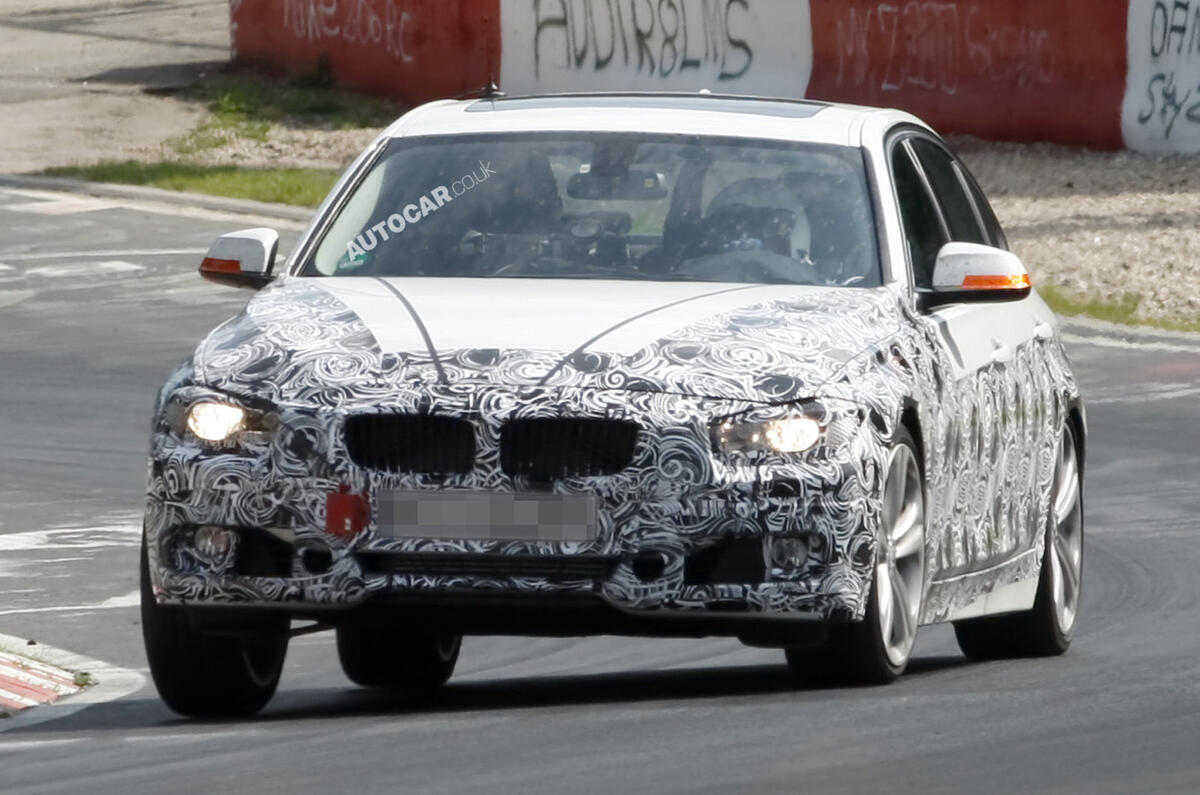
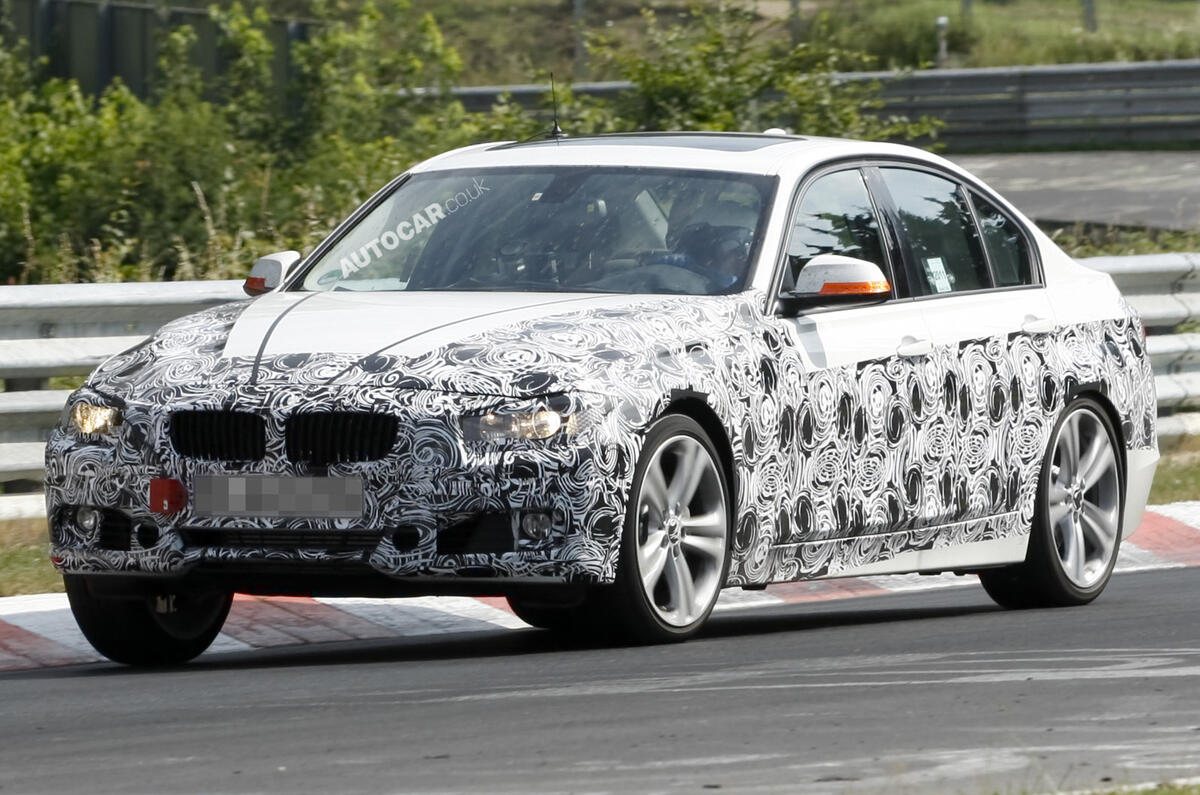
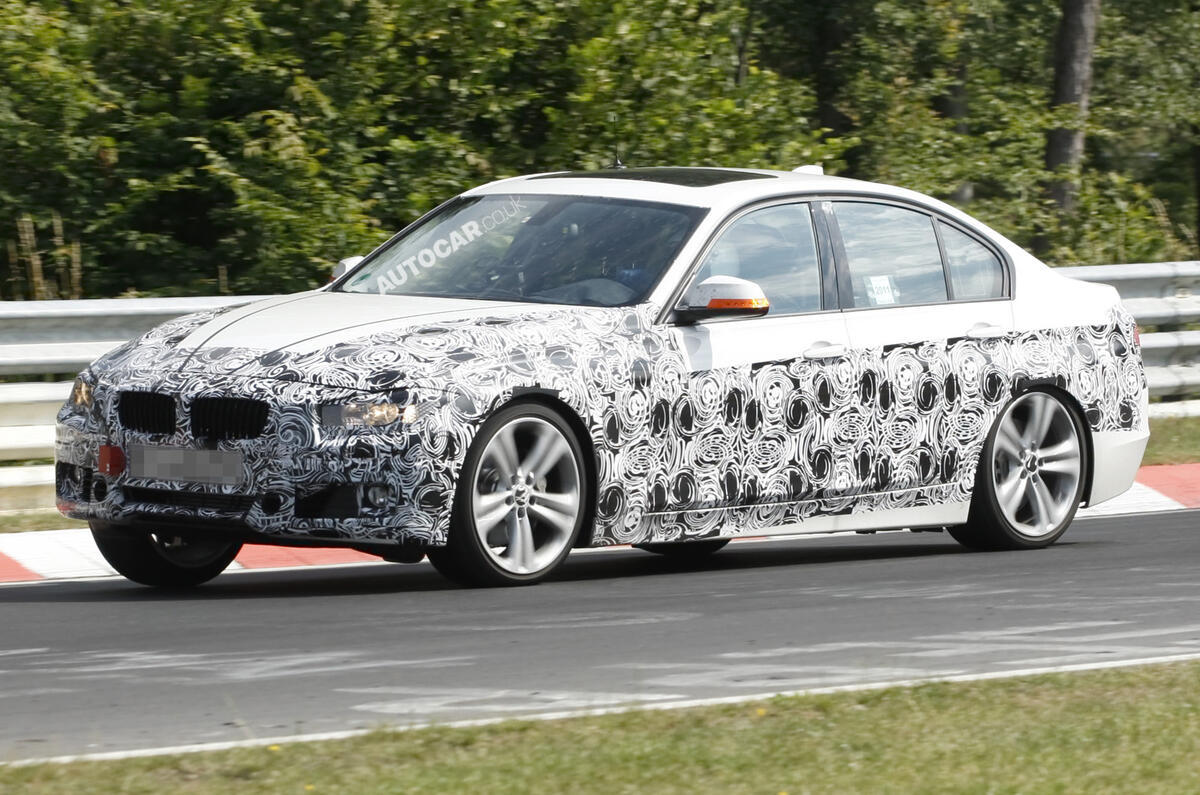
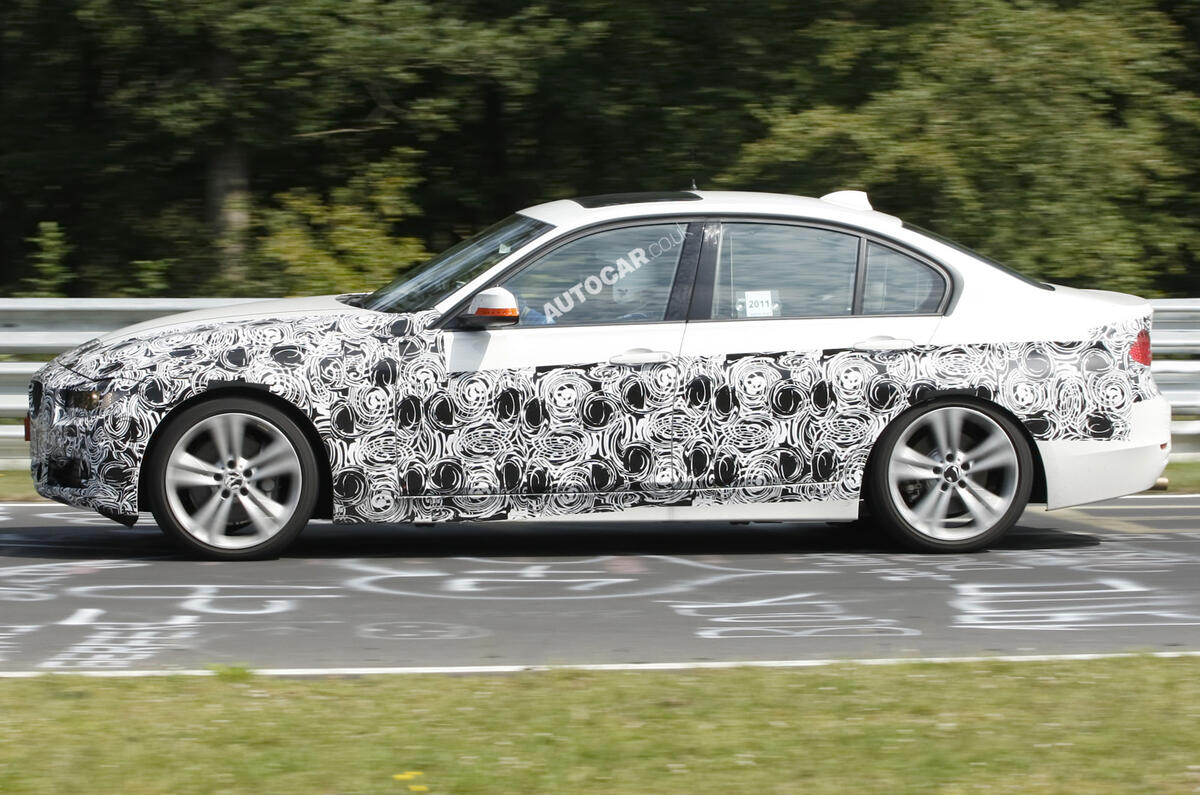
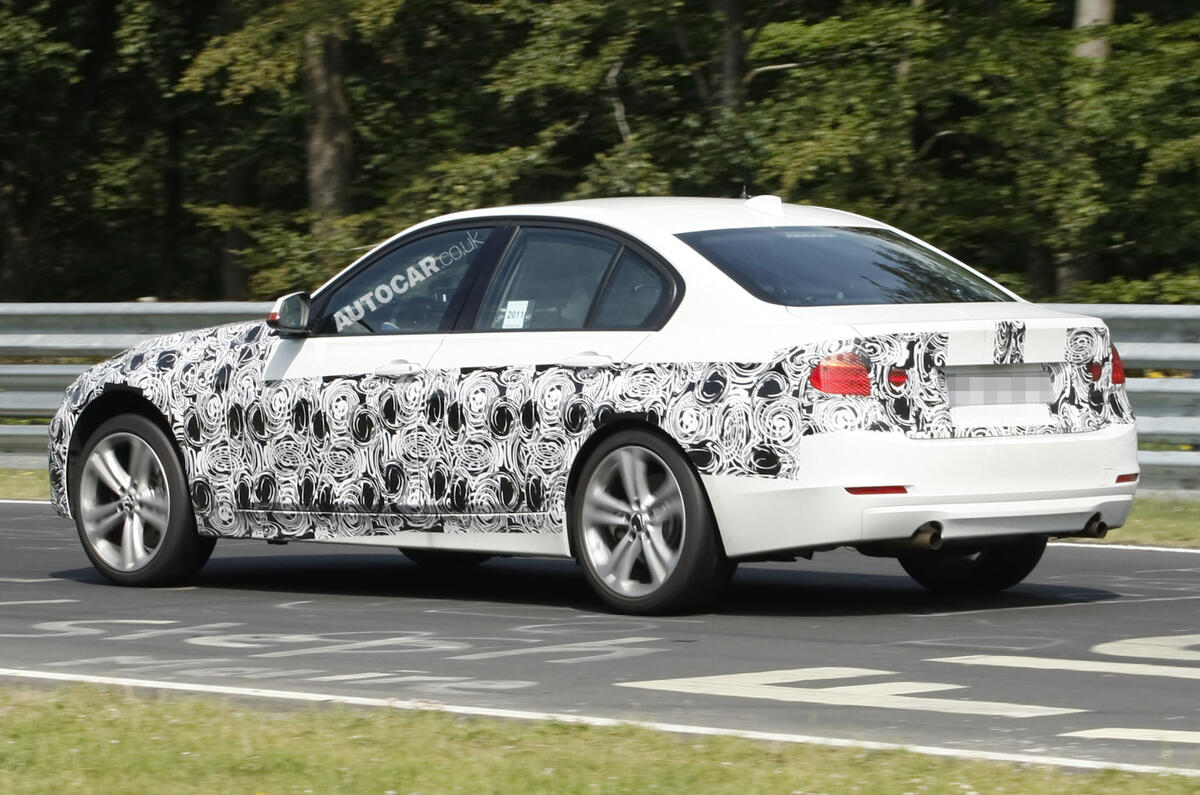
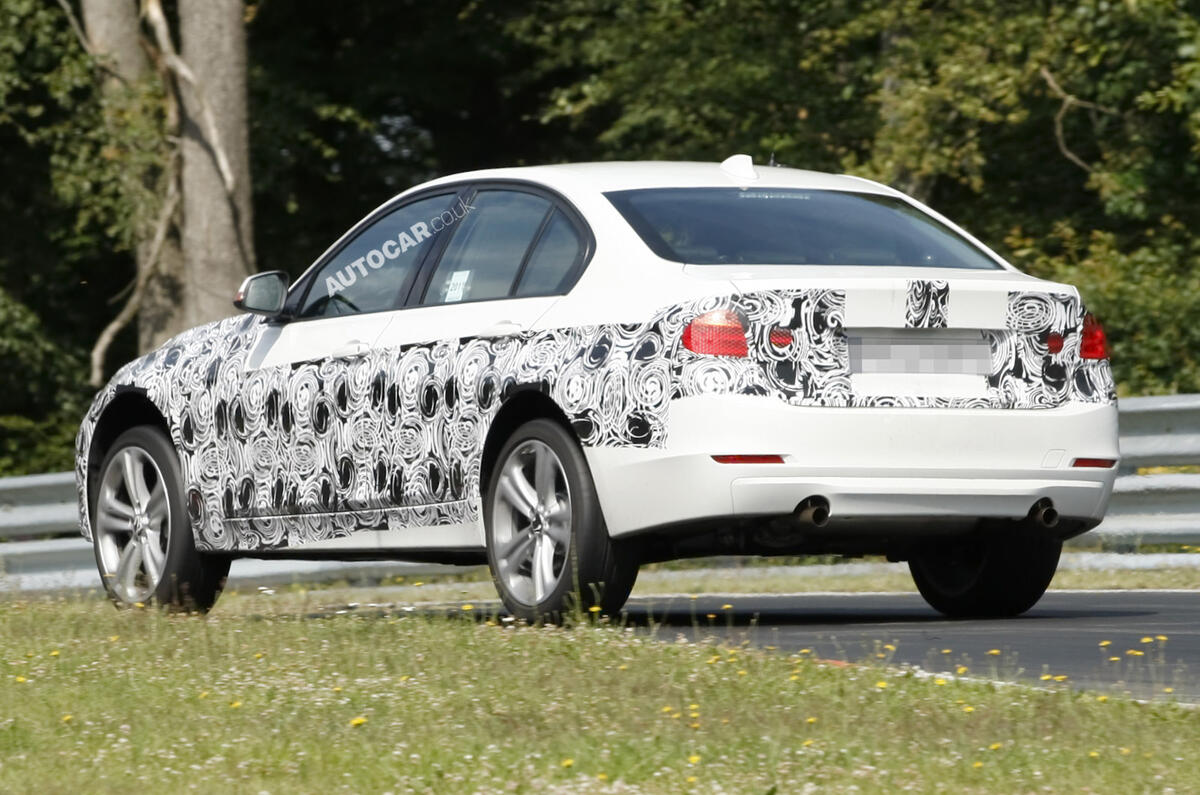
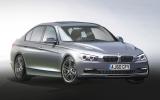
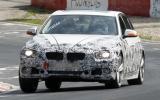
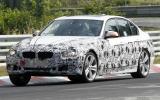
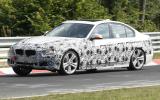
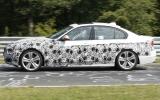
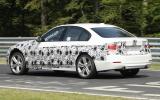
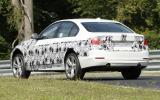


Add your comment